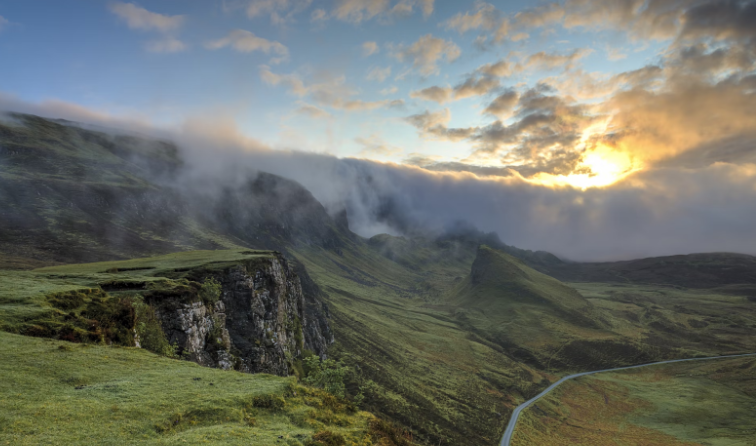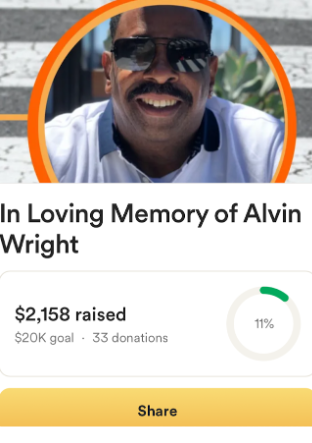Guy Ginsberg sports editor
What’s the problem?
Calif. Gov. Jerry Brown issued an executive order directing the State Water Resources Control Board to reduce the state’s 400 local water supply agencies by 25 percent on April 1, 2015,.
2015 marked the fourth year of California’s worst drought in history, in which, according to the California Department of Water Resources website, statewide snowpack water content has dropped to 5 percent of average, and the state’s two largest reservoirs, Shasta Lake and Lake Oroville, have dropped to 62 and 65 percent of capacity in January 2015, respectively.
“Department of Water and Resource’s state climatologist estimates that precipitation would have to be 150 percent of average for the entire water year that ends on September 30, 2015 for California to have a good chance at ending the drought this year,” the website reads.
As well as reservoir and snowpack levels declining, 400,000 acres of farmland were left fallow last year alone, and $1.5 billion were lost in the agriculture industry, according to state officials.
Who’s to blame?
There seems to be a lot of finger pointing when it comes to who exactly is at fault for the current drought state.
Some blame farmers. Three to four percent of Californians who account for 40 percent of water supply usage in the state, and only contribute two percent of the state’s gross domestic product. Farmers also produce 33 percent more crops by weight per unit of water than they did 20 years ago.
In their defense, California growers produce 90 percent of the country’s tomatoes, 95 percent of the country’s broccoli and 99 percent of the country’s almonds.
Others believe the blame falls on cities and towns, whose residents could potentially be saving water by taking shorter showers, turning off the sink when brushing their teeth or watering their lawns less often.
What is the government doing to stop this?
As well as statewide government restrictions, cities and counties have been cracking down on water abusers.
“The idea of your nice little green lawn getting watered every day, those days are past,” Gov. Brown said after issuing the executive order on April 1.
In late 2014, the Beverly Hills City Council voted to require residents to reduce water usage by 10 percent, as well as creating a Beverly Hills Watering Schedule that restricts homeowners to watering their lawns a maximum of three times a week.
What are Beverly Hills residents doing to stop this?
Certainly not enough. According to an LA Times article titled “California’s wealthy lagging in water conservation” (published April 15, 2015), “Department of Water and Power data showed that on average, wealthier neighborhoods consume three times more water than less-affluent ones.”
In July of last year, Beverly Hills alone used 226 gallons of water per capita per day, and in January of this year, that number dropped to 144 gallons. While that decline may seem substantial, the trouble is clear when comparing Beverly Hills’ data to that of Santa Ana (38 gallons) or Los Angeles as a whole (70 gallons).
Where are we headed?
For now, the future seems grim. According to research, the number of devastating droughts like this one in California could potentially grow in the future due to climate change.
A. Park Williams, a bio-climatologist at the Lamont Doherty Earth Observatory at Columbia University, believes that the drought will lead to a change in landscape, with the forests of Southern California possibly becoming shrubs and grassland.
“These transitions occur largely as catastrophes,” Williams told ‘LiveScience.’
However, though the future looks grim as of now, there certainly is potential for a bounce back if California residents and the state government work together to fight the drought.
For instance, desalination plants could potentially transform seawater into drinkable water by extracting the salt out of the water. This could cut costs on freshwater imports as well as relieve the stress currently placed on reservoirs.
Ultimately, the road to a better, wetter California starts with the residents themselves, who must begin to understand the implications of every 45-minute shower, the dangers bottled up in every water bottle and the grim truths spraying out of every sprinkler. Until the rain starts pouring again, it’s up to Californians to take control of California’s water supply.
Categories:
Beverly Hills plays role in massive drought
April 23, 2015
0
Tags:
Donate to Highlights
$125
$1000
Contributed
Our Goal
Your donation will support the student journalists of Beverly Hills High School. Your contribution will allow us to purchase equipment and cover our annual website hosting costs.
More to Discover




























